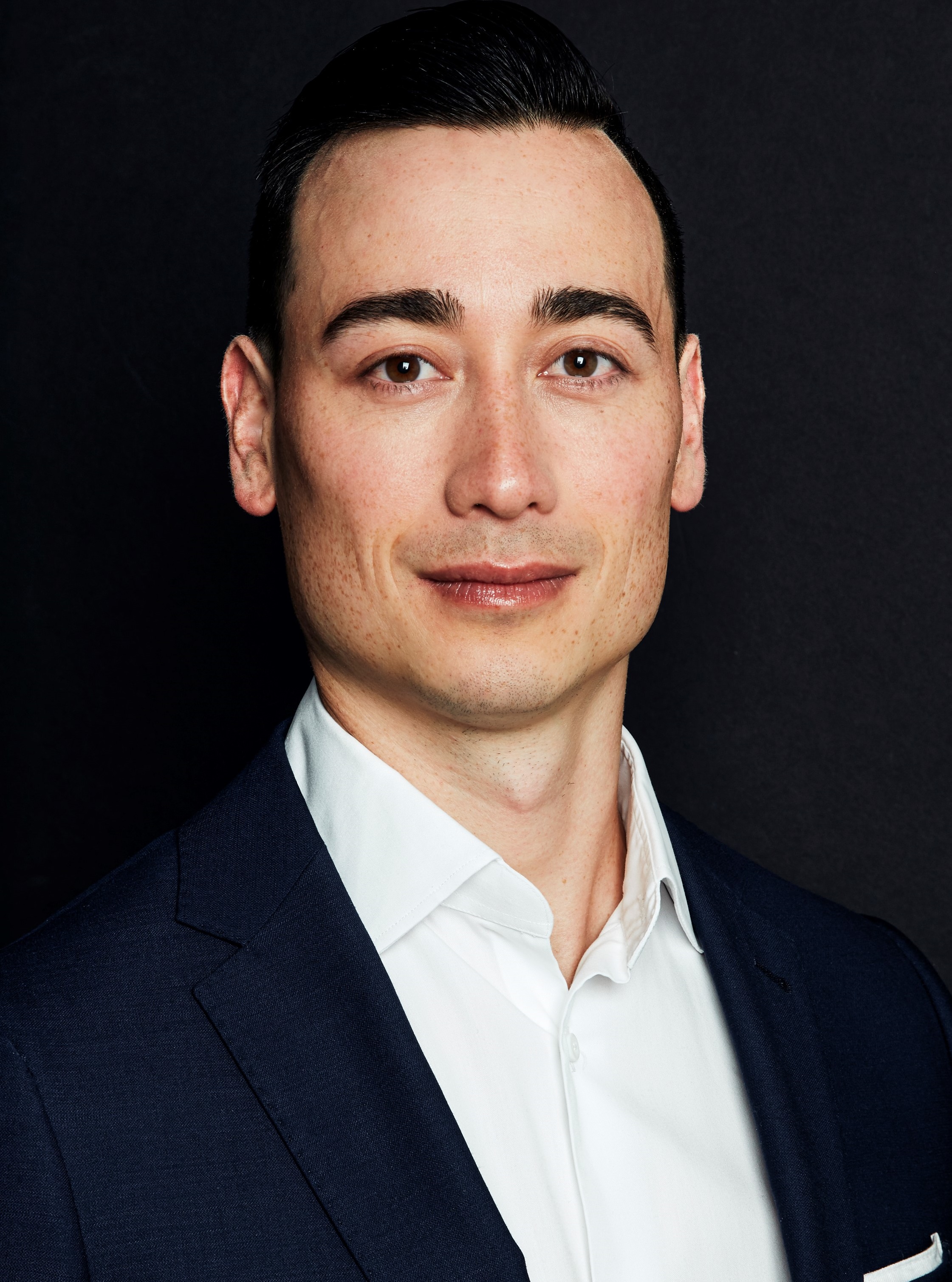Advisors who don’t embrace technology are much more likely to be replaced than those who do, writes Matt Evans

TWO SIGNIFICANT disruptions have occurred in our industry in the last 20 years.
The first is the democratization of information over the internet. Advisors no longer have exclusive access to information on investments. The asymmetry of information is much less lopsided for the client who cares about being informed.
The second is the commoditization of investment management, as seen in both the proliferation of index investing and the rise of robo-advisors.
These two factors mean that advisors today must show more value than simply claiming to be a conduit for information on investments. This has two implications for experienced wealth professionals.
First, advisors are shifting away from simply being investment or insurance advisors to offering a wider array of services such as financial planning, private banking, and estate and tax planning in an effort to show value, justify fees over lower-cost alternatives and strengthen relationships with clients.
Second, investment brokers are moving up-market. Industry data shows that both the average book size and average client size for investment brokers in Canada have doubled in the last eight years. According to an industry report, average household AUM increased from $534,814 in 2012 to $1,082,771 in 2019, while the number of households served by an advisory team decreased by about 10% to an average of 193.1 households per advisor.
The result is that we, like many advisors, are becoming more selective about who we let into our client base and have widened our team to include a dedicated financial planner, a dedicated insurance consultant and a dedicated business planning specialist, along with retaining an accounting firm to provide advice to clients. We think of it as a kind of ‘family office light’ and believe that there will continue to be a profitable group of clients with at least $750,000 in assets to support such a business model.
Ultimately, any technological disruption forces incumbents to get better or face extinction. Top teams have been growing quickly because they have been propelled to be better and do more for clients. Advisors who want to succeed and grow in the next decade will need to emulate the ensemble practice model, using a team to service clients.
Robo-advisors will never replace human advisors. Humans both need and desire human contact, communication and confirmation. The element that is changing is that advisors, like all professionals, are increasingly relying on technology to deliver service. In our practice, technology falls under three categories: marketing, communication and computation.
Advisors need to market themselves across different media platforms. Whether it be through social media, traditional media or an email campaign, advisors need to be front and centre where their clients are consuming information. Because this is not our core competency, we work with two marketing companies to help us engage existing clients and target new ones.
The personal connection is a big part of our value proposition as modern advisors. Accordingly, we’ve tried to make it easier for clients to engage with us. We have adopted smart scheduling software to make it simple for clients to book meetings using Onehub. Appreciating that our clients are busy, we also facilitate virtual meetings through Zoom.
As a result of these two initiatives, we have noticed an increase in frequency and a shortening in the length of client meetings. The net result is that we feel we’re spending about the same amount of time per year with clients, but that time is being spread out over more interactions.
Financial planning software is an excellent example of technology being used to distill complicated long-term projections into something digestible and easy for a client to understand. We use both publicly available software (RazorPlan and Snap Projections) and propriety software we’ve developed to help clients quantify and visualize what’s happening with their financial plan.
While this is par for the course now, it’s easy to forget that such a thing didn’t exist even 20 years ago. Technology is allowing us to be better practitioners – and we feel that more advisors should embrace it without fearing that fintech will replace them.
 Matt Evans is a portfolio manager at the Westmount Wealth Group at IAS Securities, where he focuses on the design, execution and monitoring of model portfolios. With more than a decade of industry experience, Evans holds CIM and CFP designations and is working toward his CAIA designation.
Matt Evans is a portfolio manager at the Westmount Wealth Group at IAS Securities, where he focuses on the design, execution and monitoring of model portfolios. With more than a decade of industry experience, Evans holds CIM and CFP designations and is working toward his CAIA designation.



